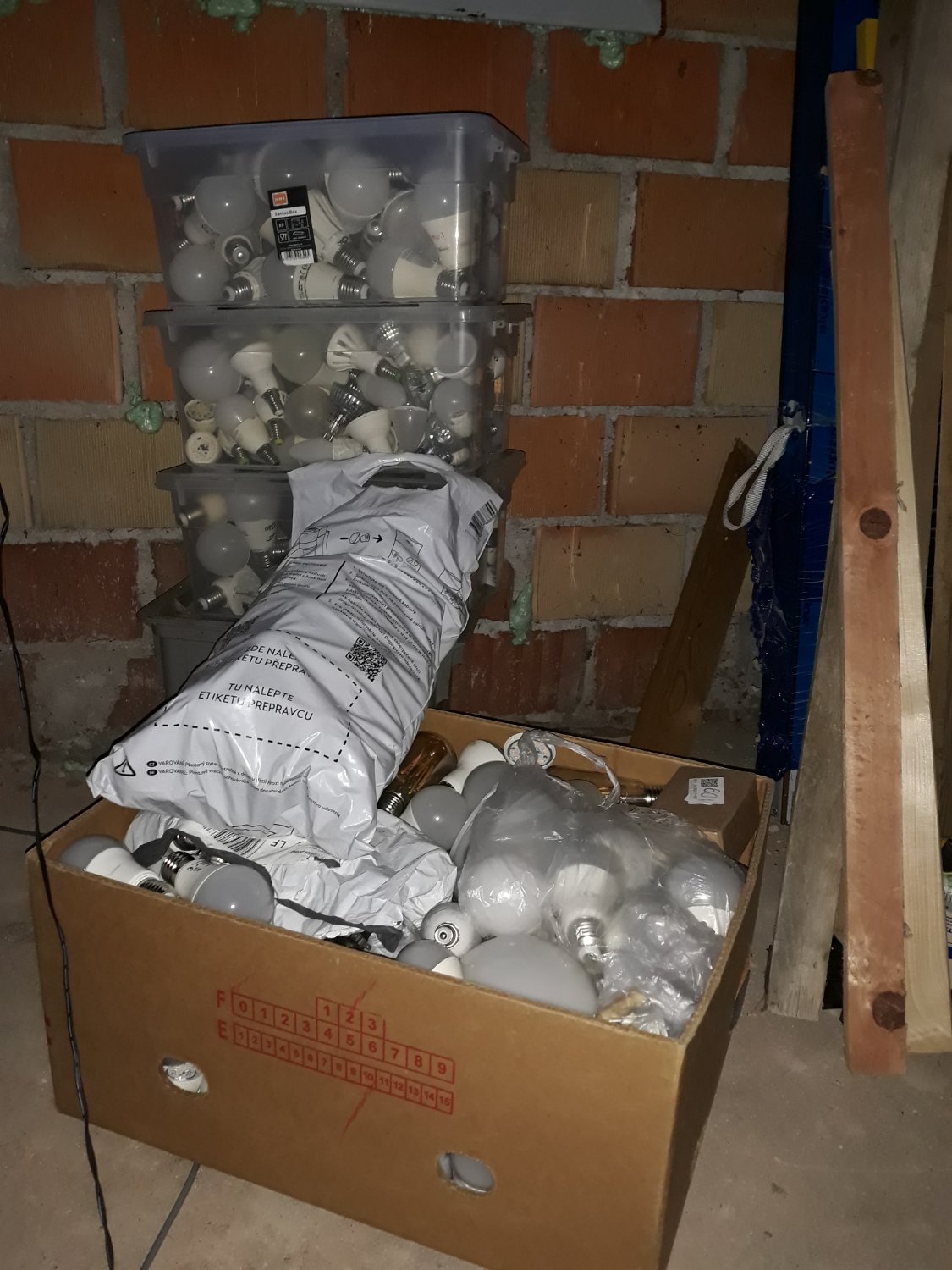It's the individual pins and their holes that matter for DIN and similar connectors. Female.
ChaoticNeutralCzech
Better make the URL memorable such as https://library.example.edu/restricted (you can always make a redirect) and print it next to the code. Some people might not want to be seen scanning it, and it helps accessibility either way.
My Blåhaj is basically a bed accessory
Then it's not a tracking parameter of course.
Neum is actually in Herzegovina but whatever. It's inside a bay that Croatia controls from both sides, and in fact has a bridge over. If B&H got naughty again, they could turn it into a lake just by dumping enough clay from the bridge.
What's the joke?
Looks like a basic soldering job, give it a touch with resin and fresh solder and create a blob. Even my non-technical grandpa (in his 30s, he needed his 3yo daughter to operate a cassette deck for him!) had a soldering iron for some reason in his shack, and it's a good skill to have.
I'd need measurements or a better picture but it looks like they might be connected to adjacent pins (3 and 4, where 1 is on the right side from our POV) on the FFC connector. I would try to target that first, there are several options if that is available:
- wrapping both in a loop of thin wire
- wedging a metal item or piece of pencil lead in between (could damage the connector by bending pins if it gets reopened, or the item could dislocate)
- adding a thin strip of conductive foil to the cable's pins before plugging it in
- on the less-fragile flat cables that use real copper or aluminum strips, the insulation can be reliably removed on the traces in question using gentle force, and then the exposed conductors could be bridged with aluminum foil pressed against the cable by a paperclip, then taped over to prevent accidental shorts. Works with non-adjacent pins too, and can be used on PCBs if you can remove the solder mask on traces near board edges.
Speaking of the last method, you might not need a board edge nearby if you can rely on pressure from the device's housing:
- Use a knife to gently scrape the solder mask off the traces in question, preferably far from any components.
- Cut a piece of aluminum foil into a shape just big enough to cover both pads.
- Use transparent tape to stick it to the board at the right spot.
- Find or make a foam pad (or similar) of appropriate thickness (which can be determined using modeling clay) to place between the PCB and the housing/bracket/screw. You can use tape to keep it at the spot while reassembling the device.
If applicable, remind them that when screwing screws back into plastic, it is necessary to twist counterclockwise first to locate the original thread and not make a new one, which could ruin it.
That is very decoder-specific. The most common QR reader apps are the Camera app on iPhones and Google Lens for Android so you'll want to target one of these (though Google Lens might be using cloud processing for that). There probably won't be any exploits in the image processing part but you obviously can write arbitrary data (including ASCII control characters such as CR, LF, null) into the "data" part of the QR code, as the encoding mode and data length is stored in the first 4+(n*8) bits of where data would be instead of null byte termination. Normally, the data is then right-padded with repeating 0xEC11 (or not) and then error correction follows (number of bytes in the error-correction part is defined by the size and ECC mode indicated in another region).
I saw Big Clive and DiodeGoneWild take some apart, and we had been using halogen or fluorescent ones at home because LED bulbs were over $10 back then. I thought I would learn something about electronics but not really, the failure modes are always the same: about 50% of the time, an LED burns out. 25% of the time, it's the smoothing inductor gone open circuit. 10% of the time, a bad contact somewhere (usually solder joints on linearly-regulated ones). 5 % work out of the box for some reason. I remain adamant about not paying for LEDs even though dumpster diving is objectively not worth the trouble anymore.

in European
Oh yes, my favourite language. It's "vzduch" or similar in most Slavic languages, and I'd bet you're not pronouncing it right.
Why? It's literally the default option